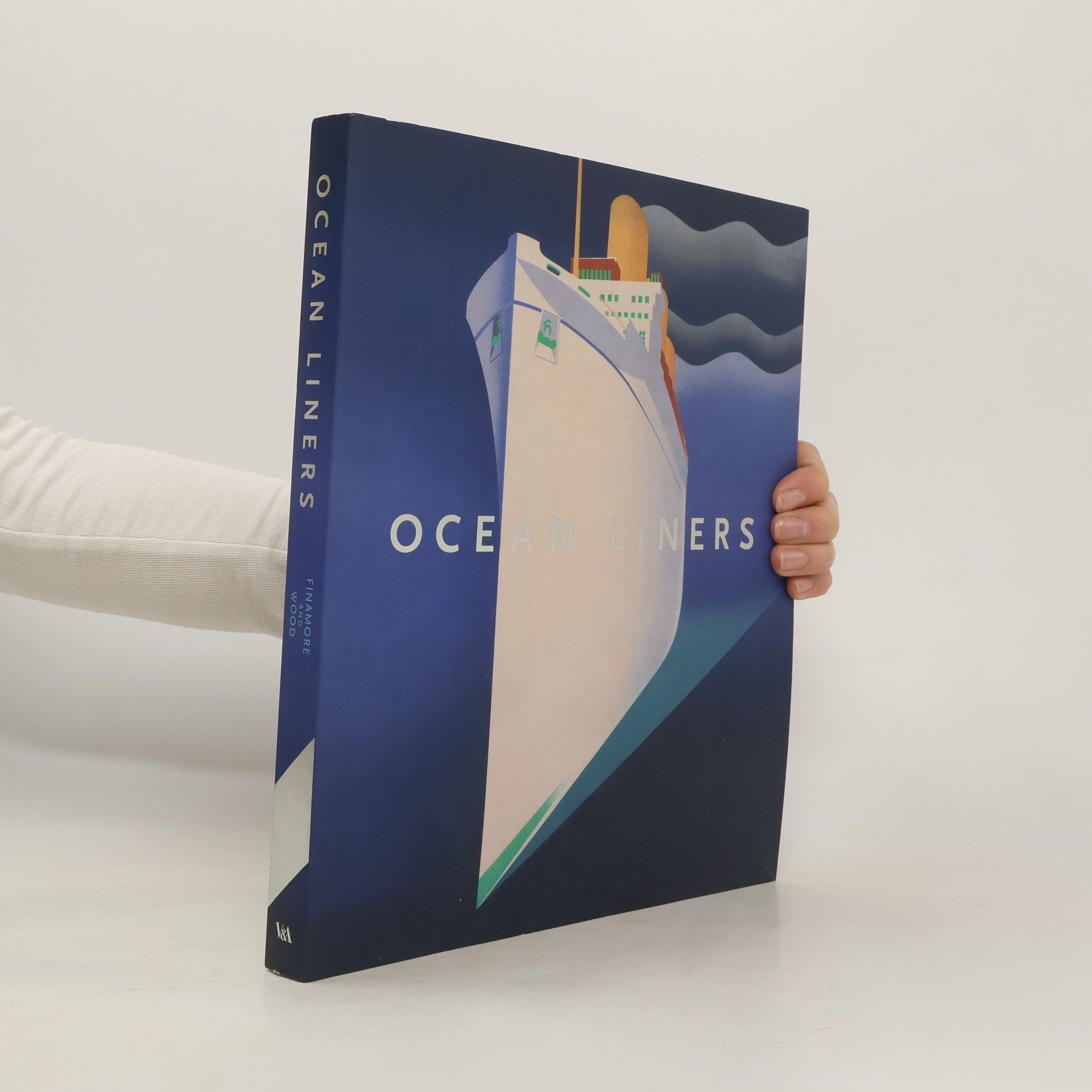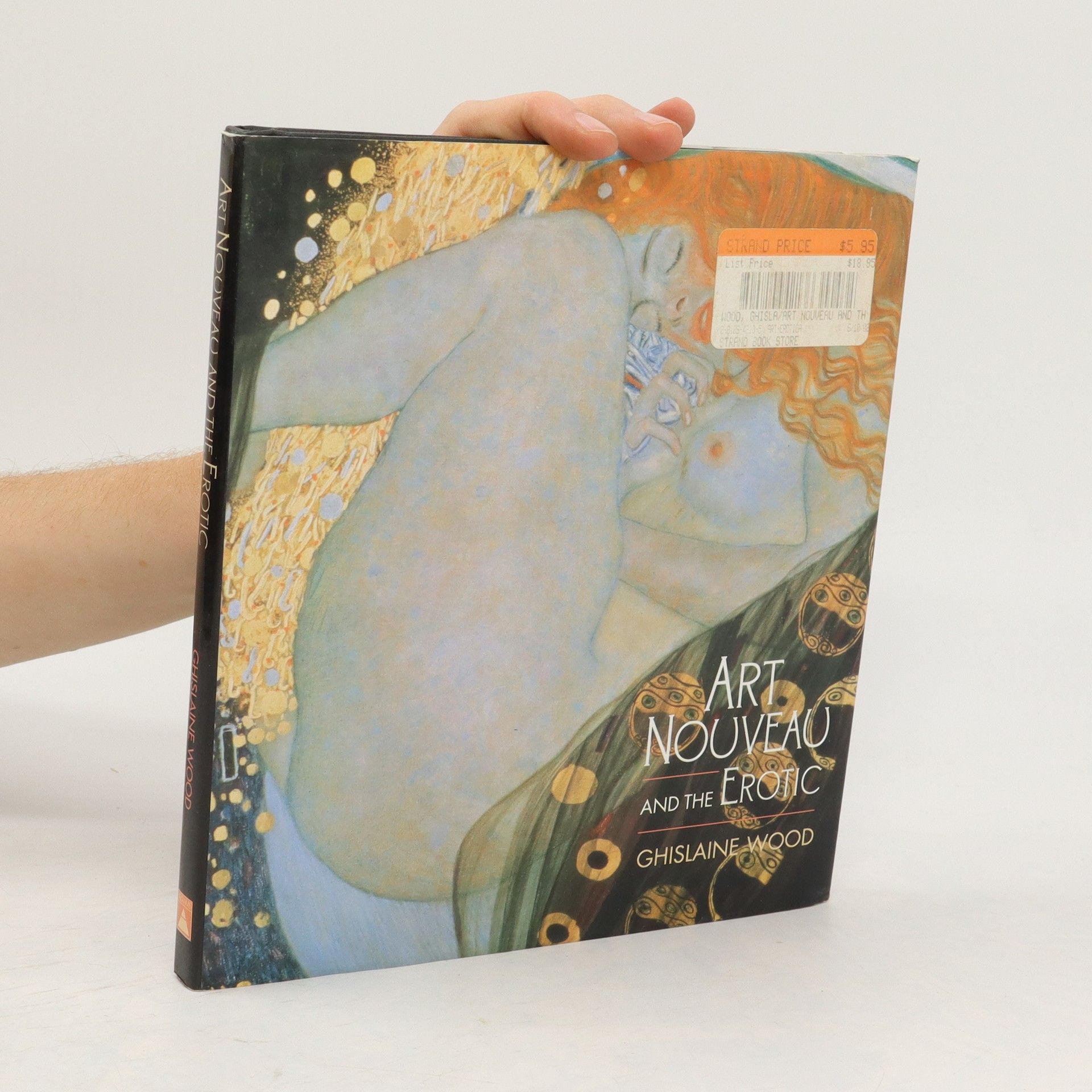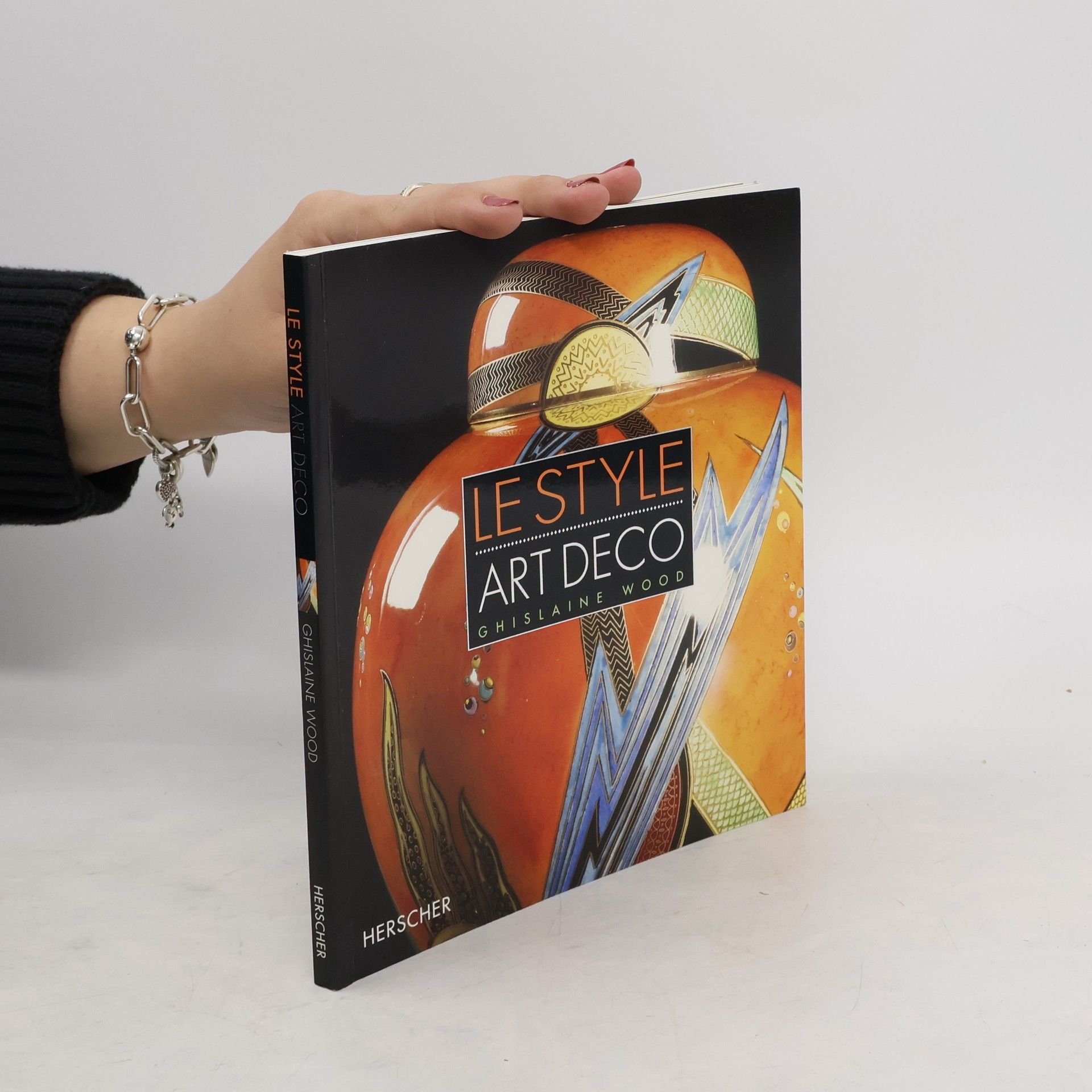Après la Première Guerre mondiale, le style art déco prend de l'ampleur. Dans tous les milieux artistiques, les atrocités de la guerre ont contribué à un essor de l'exubérance et de l'attachement à la nation. Aussi, l'Exposition internationale des arts décoratifs et industriels modernes de 1925 à Paris marque un tournant : elle met en valeur la modernité, la variété et la mondialisation du style.
Ghislaine Wood Livres




This lavishly illustrated book brings together nearly 40 essays from leading experts in the field to discuss the phenomenon that was Art Deco.
Art Nouveau and the Erotic
- 96pages
- 4 heures de lecture
Draws on a wide array of paintings, sculpture, ceramics, photographs, jewelry, and other artworks from the collections of London's Victoria & Albert Museum to illuminate the sensuous, frequently erotic content of the Art Nouveau style.
Ocean Liners became floating cities for those lucky enough to travel in an era before commercial flight was widely affordable. This book explores the technical, aesthetic, cultural and political factors that came together to define such an iconic mode of travel, from grand Victorian barges to luxurious Art Deco floating palaces and sleek Modernist post-war liners. The shift in passenger from those driven to immigrate, often by necessity, to the wealthy leisure traveller led to rapid transformations in promotion, architecture, interior design and even the engineering of the ships themselves, as companies and countries completed to provide the most luxurious, safest and fastest liners possible. Dan Finamore is Russell W. Knight Curator of Maritime Art and History, Peabody Essex Museum, Salem, MA. Ghislaine Wood is Deputy Director of the Sainsbury Centre for Visual Arts at the University of East Anglia, Norwich, England. Exhibition: The Peabody Essex Museum, Salem, Massachusetts, USA (20.05-15.10.2017).